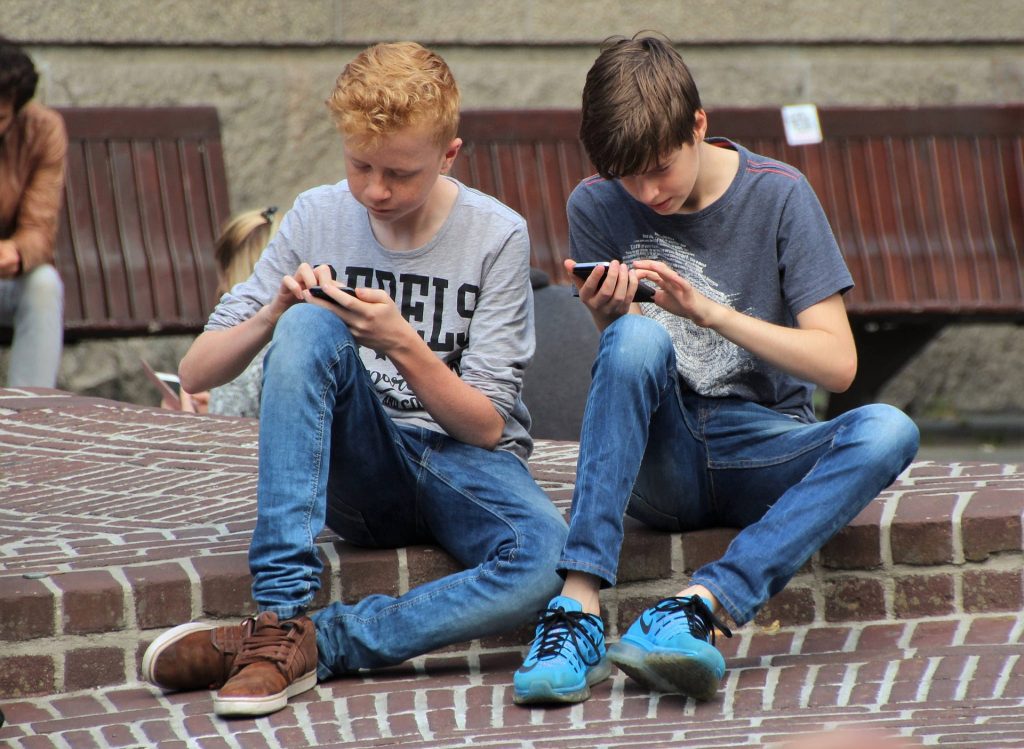By Tracie Dahl, LCPC
Cool clothes. Good grades. Lots of friends.
The pressures of being an adolescent have always been great. However, there seem to be an increasing number of demands, stressors, and fears being experienced by youth today which are affecting their ability to socialize, attend school, and prepare for the future.
It’s often difficult to clearly define all of the reasons for the rising anxiety and because of this, it can be just as challenging to generate solutions.
Parents can easily describe many pressures from their own “tween” and teen years which bring back awkward memories and cringe-worthy recollections. However, the world has changed exponentially in the last several decades and continues to undergo rapid changes at an erratic and unpredictable pace.
Societal change aside, understanding the stage of development that adolescents are going though between the ages of 10 and 15 is a significant part of understanding the anxiety that is created during this time frame. The physiological changes alone are progressing at a rate so great that the body is undergoing more developmental change than at any other time except from birth to two years old. Bones are growing faster than muscles. Fluctuations in basal metabolism occur. Puberty begins. Youth start to develop the capacity for abstract thought processes as the prefrontal cortex continues to develop.
To make sense of the world around them, young adolescents, as learners, build upon their individual experiences and prior knowledge (Piaget, 1960). In order to understand how adolescents today are experiencing their world, constructing meaning out of it, and how this is affecting them, we must first recognize and acknowledge the experiences that the world is giving to our adolescents, which serves up a perfect storm of exhaustion, confusion, and internalizing or externalizing behaviors.
The world today is filled with what can only be perceived by teens as unsafe events. War, bullying, gun violence, natural disasters, and the constant stream of reporting of these events via every available media source from television to internet streams; there is a never ending, shock provoking flood of horrifying news. The time that children and adolescents spend absorbing this news via the media is also increasing and the method of absorption is rapid and relentless.
There is no way to describe our youth’s use of social media other than “it’s complicated.” There are no empirical research studies to say with certainty, one way or another, whether the role that technology is playing in our children’s lives is good or bad. Teens themselves will attest that social media forges friendships, creates a sense of belonging, and provides support. However, they will also admit that it can create anxiety and contribute to depression and sleep deprivation.
All of the above being considered, the task of fostering resiliency in the face of so much adversity may seem daunting. Adults must help adolescents learn how to navigate the perils, reduce anxiety, and build the strength and tools they will need when their instinct is to protect and shelter them as the adult response to the very real threats in the world today may also be an increase in fear and anxiety.
Start by using supportive problem solving; giving adolescents the opportunity to learn to think for themselves instead of making decisions for them, which takes away their power. Any setbacks or mistakes become learning experiences, while successes allow children the ability to feel truly capable of handling difficult situations. As a result, both their resilience and confidence will grow. Oftentimes, I have coached parents in my practice to ask their kids when they present a problematic situation to them to respond with the question, “Do you want me to help you with this or do you just need to vent?” Kids really just need someone they trust to talk through a situation and are searching for a way to find the answer for themselves. By just facilitating this process, adults can build very key components of responsibility and resiliency.
Be a model of responsibility and allow children opportunities to help others. A child’s intrinsic need to help triggers anxiety in the face of tragic news while feeling helpless creates a sense of hopelessness about the state of the world we live in. Having the ability to actually help others reinforces both responsibility and a sense of empathy while giving kids a sense of ownership and investment in their own destiny, an appreciation of how their actions affect and impact others, and a genuine feeling of positivity and success.
Finally, approach with a healthy dose of optimism, hope, and courage. We must remember that what is reported on the news and coming across our social media platforms is largely (some research studies estimate up to 90%) negative and this translates into negative thought patterns, so it is apparent why anxiety, fear, and depression are triggered. As adults we can choose to be optimistic about situations, people, and the future and we can choose hope while instilling courage in adolescents. The solution lies in changing our mindset, shifting our view, and promoting strengths instead of weaknesses.
Tracie Dahl is the Day Treatment Director for Intermountain in Helena. Previously, Tracie worked primarily with middle school aged students and families as a School Based Outpatient Therapist with Intermountain and has worked with all age levels in school based counseling in Montana since 2010. Tracie is a Licensed Clinical Professional Counselor (LCPC) and holds a M.Ed. from Montana State University -Northern.





